Generalizing Logical Execution Time
Author(s): Edward A. Lee and Marten Lohstroh
Abstract
In the Logical Execution Time (LET) principle, concurrent software components interact deterministically, reading their inputs atomically at the start of a task and producing outputs atomically after a fixed elapsed logical time. In addition to deterministic concurrency, LET programs yield more deterministic timing when they interact with their physical environment through sensors and actuators. This paper shows through a series of examples that the LET principle can be realized flexibly and generalized using the Lingua Franca coordination language.
Citation Formats
-
APA
Edward A. Lee and Marten Lohstroh. (2023). Generalizing Logical Execution Time. In Principles of Systems Design. doi:10.1007/978-3-031-22337-2_8. -
MLA
Edward A. Lee and Marten Lohstroh. "Generalizing Logical Execution Time." Principles of Systems Design, 2023. doi:10.1007/978-3-031-22337-2_8. -
Chicago
Edward A. Lee and Marten Lohstroh. "Generalizing Logical Execution Time." Principles of Systems Design, 2023. doi:10.1007/978-3-031-22337-2_8. -
BibTeX
@inproceedings{LeeLohstroh:22:GeneralizingLET, author = {Edward A. Lee and Marten Lohstroh}, title = {Generalizing Logical Execution Time},
booktitle = {Principles of Systems Design},
volume = {LNCS 13660},
month = {July},
year = {2023},
doi = {10.1007/978-3-031-22337-2_8},
abstract = {In the Logical Execution Time (LET) principle, concurrent software components interact deterministically, reading their inputs atomically at the start of a task and producing outputs atomically after a fixed elapsed logical time. In addition to deterministic concurrency, LET programs yield more deterministic timing when they interact with their physical environment through sensors and actuators. This paper shows through a series of examples that the LET principle can be realized flexibly and generalized using the Lingua Franca coordination language.},
URL = {https://ptolemy.berkeley.edu/~eal/publications/LeeLohstroh_GeneralizingLET.pdf}}

